9 natural and historical wonders in the Middle East that will take your breath away
8/02/23
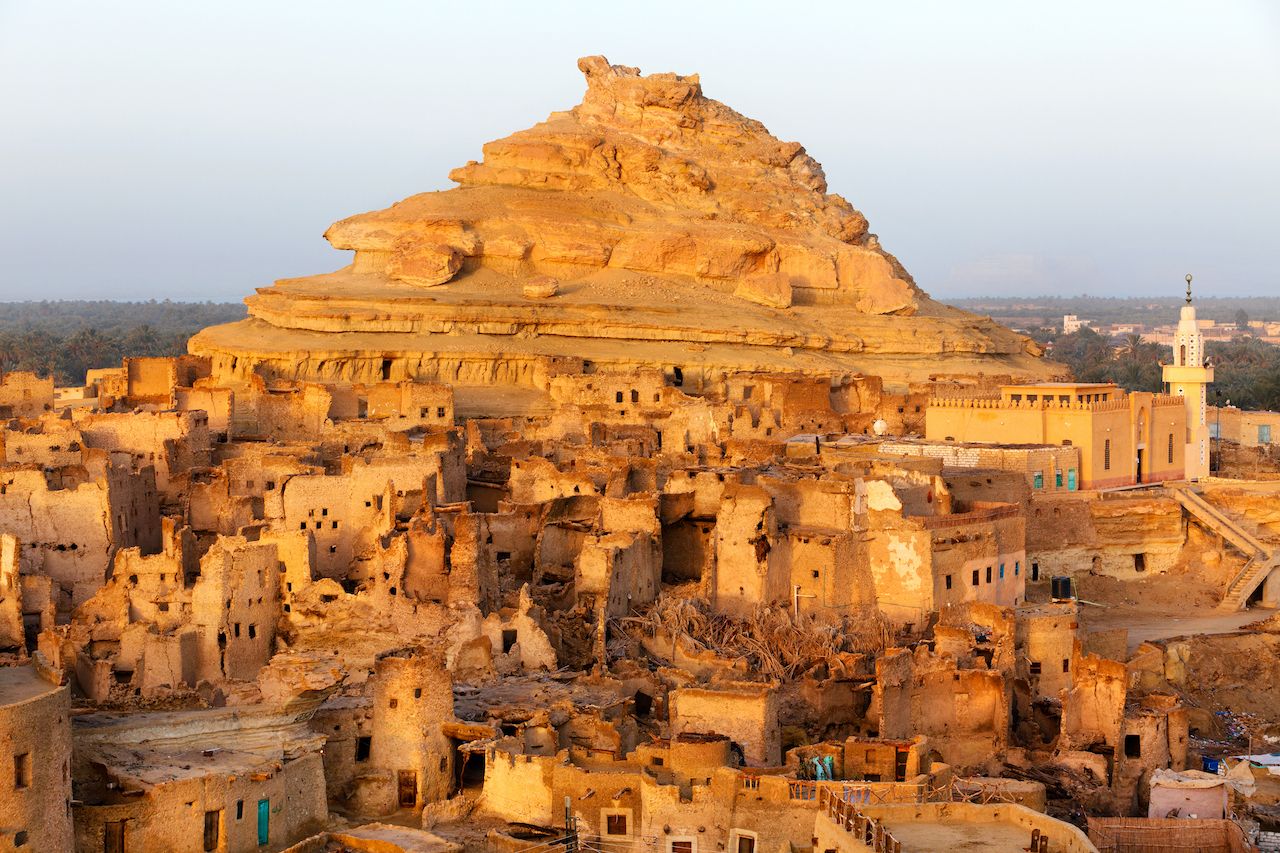
Unexpected natural wonders in the region, from salt flats in the UAE and volcanic craters in Saudi to eerie ghost towns in Ras Al Khaimah and Egypt
When thinking of Middle East and Middle East travel, most attention goes to the region’s vibrant cities and ethereal sweeping sand dunes. However, the region is filled with some incredible natural and historical wonders, some barely visited by (or known to) tourists or locals. Travellers who head off the beaten track will be met with mesmerising salt flats, sprawling abandoned fortresses and the most alien-looking place on Earth. Here are nine natural and historical sites in the Middle East that will take your breath away.

Al Wathba Long Salt Lake, Abu Dhabi, UAE
In May 2021, Abu Dhabi’s long-forgotten salt flats broke the internet, as, after one set the trends, groups of content creators flocked to the emirate’s Al Wathba district to gaze upon one of the UAE’s most recent natural discoveries. The Al Wathba desert itself is known for its varying mix of landscapes and wildlife, including desert but also verdant wetlands, home to flamingoes, other wildlife and fossilised dunes – shaped by centuries of sand storms. At the centre is a striking emerald green salt lak with white clumps of salt crust extending down the length of the channel, covered in shimmering crystalline formation. Against the dusty desert, it looks completely incongruous and is a prime destination for the region’s photographers.
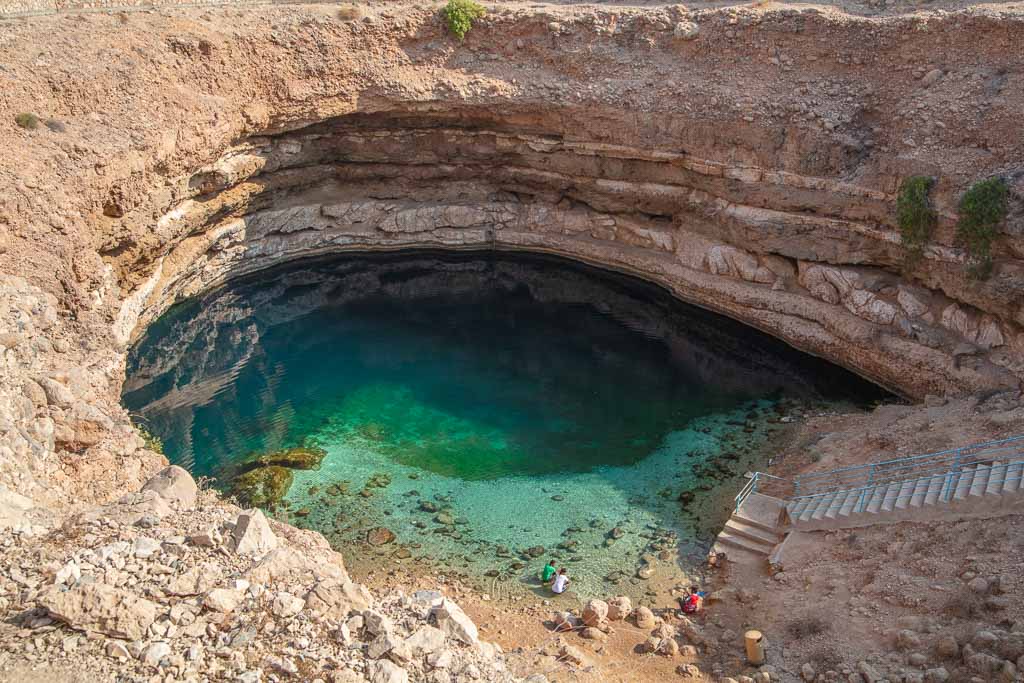
Bimmah Sinkhole, Oman
Oman is a country known for its rich natural sights: the Hajar mountains, beaches of the Persian Gulf, forests of Salalah and the dams of Musandam are all stunning and popular sights. 90 minutes south of the capital Muscat, travellers will find the mysterious Bimmah Sinkhole, which, according to local legend, is the site of an old meteor crash. The sinkhole offers visitors a serene and beautiful place to swim, set within a well-maintained park with steps leading down to the jade-green water. Visitors can get a birds-eye shot from the top of the sinkhole or head down the steep steps into the limestone depression to enjoy the mix of fresh water from the mountains and seawater that converge in the sinkhole. There are salty shallows and dark depths to explore, and you’ll often spot locals cliff diving from the sinkhole’s craggy ledges.
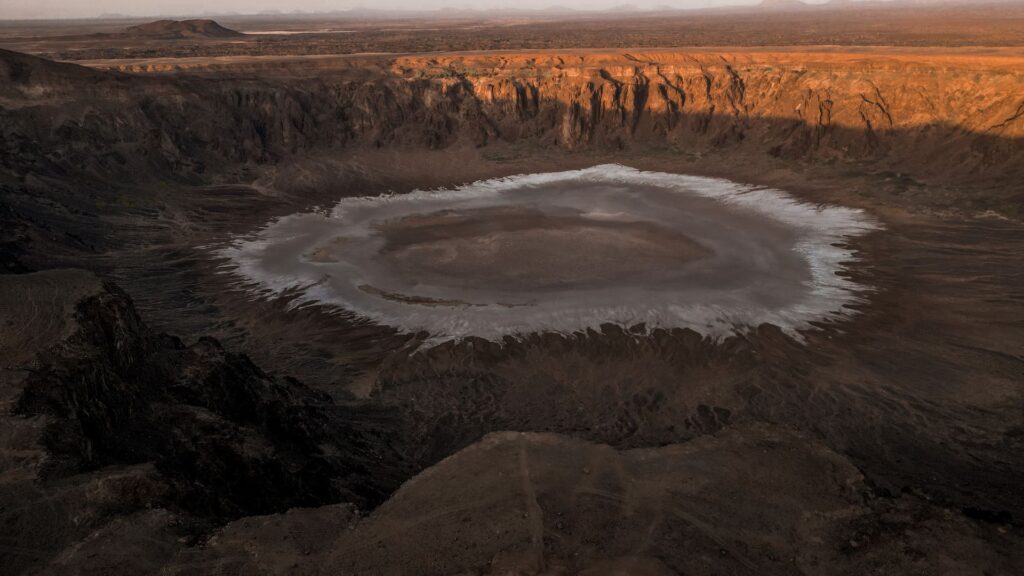
Al Wahbah Crater, Saudi Arabia
The Middle East has lots of lunar-like deserts (like the vast Rub-al-Khali), but the Al Wahbah Crater in Saudi Arabia might be as close as it gets to actually walking on the moon. The vast volcanic crater is the largest and deepest in the Kingdom, at a staggering diameter of three kilometres and some 250 metres deep at the centre. Hiking the circumference of the vast crater takes around three hours and is finished by a rocky trail zigzagging down to the centre. At the centre, travellers will find an opaque white lake, fringed by shrubs and date palms and diverse rock formations, which have attracted much attention from geologists. The crater itself is framed by the majestic Al Luhayan, Umm Rilan, and Zabna mountains, forming a breathtakingly beautiful backdrop.

Socotra Island, Yemen
The four-island archipelago of Socotra is one of the most outstandingly beautiful locations on earth. While technically part of Yemen, its closest neighbour is the Horn of Africa, stretching 250 kilometres across the northwest Indian Ocean near the Gulf of Aden. The archipelago is a must for keen nature photographers and adventure lovers, and has long been a secret spot for those in the know. Socotra Island is the largest of the islands, a UNESCO World Heritage Site home to a large number of endemic species and described by experts as “the most alien-looking place on Earth,”. This is no doubt thanks to the Socotra dragon tree – a unique, endemic tree famed for its bright red resin and umbrella-shaped crow. There are towering white dunes that spill down into deep canyons with cerulean waters and rugged mountains for scenic hikes, complete with natural pools for dips along the way. Many companies offer guided trips to Socotra, bringing like-minded travellers together.
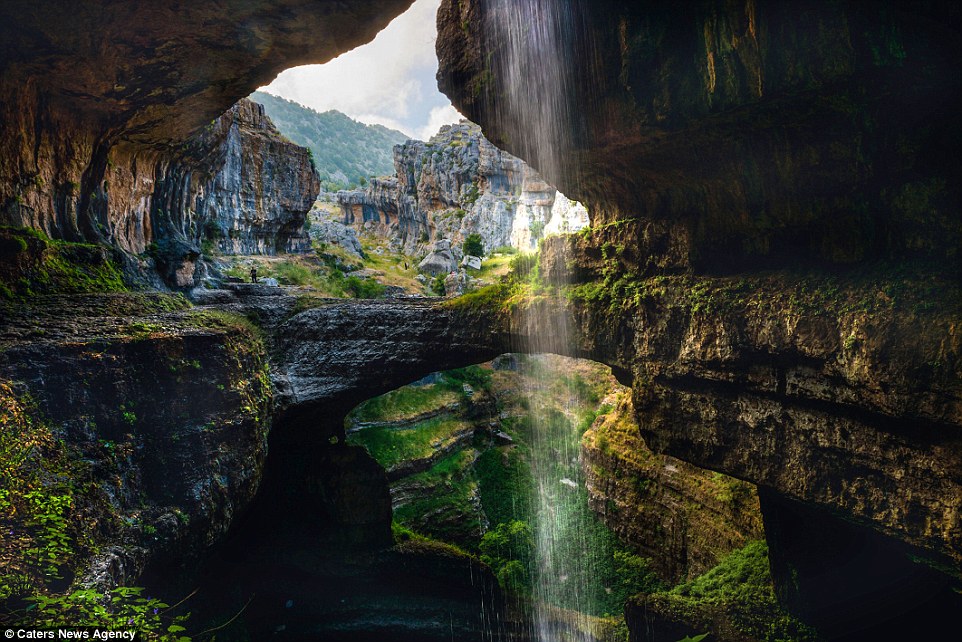
Baatara Gorge Waterfall, Lebanon
Lebanon’s Baatara Gorge Waterfall has had many guises since its discovery in the 1950s. But one thing has been consistent, the constant flow of in-the-know adventurers who come to soak up its natural beauty and enjoy the green and mossy setting. The waterfall was formed by hundreds of centuries of limestone erosion, with some believing it to be 160 million years old – dating back to the time of the dinosaurs. Visit Baatara between March and April to see the snow melt, and waterfall burst into life – and watch the rushing water from the three natural cave bridges built into the limestone. Baatara is just an hour and a half’s drive from the capital Beirut and is the perfect half-day trip from the cool and creative city.

Siwa Oasis village, Egypt
Egypt‘s Siwa Oasis is undeniably eerie and mysterious – a vast collection of ruined kershef – a mixture of salt rocks and mud – buildings left in the hands of the sands of time. The former settlement sits between the Qattara Depression and the Great Sand Sea in the Western Desert, 50 kilometres east of the Egypt–Libya border and 560 kilometres away from Egypt’s capital of Cairo. The ruined village dates back o the 7th century BC and, in its prime, would’ve housed hundreds of residents, and its labyrinth of narrow pathways are still walkable today. At the heart is the 13th-century Shali Fortress, which recently underwent an ambitious restoration. Today, visitors can explore the ancient village and walk in the footsteps of its former villagers – and enjoy breathtaking expansive vistas from the citadel over Siwa’s diverse natural landscape, home to palm groves and salt lakes.

Wadi Mujib, Jordan
Jordan is known for its natural and historical wonders – home to the Dead Sea and the ancient city of Petra – but another must-visit site if Wadi Mujib. Covering a 70-kilometre stretch of valleys, villages and mountains, the wadi leads the way from the land to the entrance of the Dead Sea and is the perfect spot to visit for adventure-loving travellers. The wadi itself lies 410 metres below sea level, and adventures include canyoning and hiking, be it across the rocks or to some of the peaks that soar 900 metres above sea level. There are some 300 species of plants in the wadi, along with a diverse and beautiful array of animals and birdlife. Experience the powers of the Dead Sea a the Ma’in Hot Springs, set in the hills above the Dead Sea on the edge of the wadi – a healing cascade of mineral-rich waters.

Oum Rabia Waterfall, Morocco
While technically not part of the Middle East, Morocco’s Arab roots and Islamic heritage make it intrinsically linked with the region. The North African nation is best known for its enigmatic and heady cities like Marrakesch and the rugged Atlas Mountains, but it’s also home to some wonderous natural sites, like the Oum Rabia Waterfall. The waterfall lies in the heart of the Aguelmam Azigza National Park in the Middle Atlas Mountains and is one of the most beautiful and undiscovered backdrops in the country. Gaze as water rushes down a rust-red cliff into the Oum Rabia River, down terraces of rocks covered in mossy green. Combine the trip with a hike in the cool, lush valley and make sure to take a dip in the refreshing and clean waters. A charming local village is also on the riverbank, perfect for a stop-off or Moroccan fair and Arabic coffee.

Al Jazeera Al Hamra, Ras Al Khaimah, UAE
The northern emirate of Ras Al Khaimah has become one of the UAE’s most popular vacation destinations thanks to its proximity to Dubai, beautiful beach and desert resorts and natural activities like hiking, ziplining and camping. Although the emirate is becoming as a must-visit destination, the abandoned village of Al Jazeera Al Hamra is often left off travellers’ itineraries. The mysterious spot is still free from mass tourism and is widely believed to be haunted. Built by three tribes in the 14th century, Al Jazeera is the last serving pearling village in the Arabian Gulf and is an eerie ode to the region’s past. Guests can explore the collection of abandoned houses, a small market and other buildings – including a mosque and parts of a fortress – and wonder dusty lanes now covered in desert sands.
Leave a Reply Cancel reply
HOME
ALL ARTICLES
CURRENT ISSUE
ABOUT
CONTACT
Join our Newsletter
your email
Join our weekly newsletter for relevant, where to go now, our travel stories, unmissable offers, tips and what to do, buy and see that week
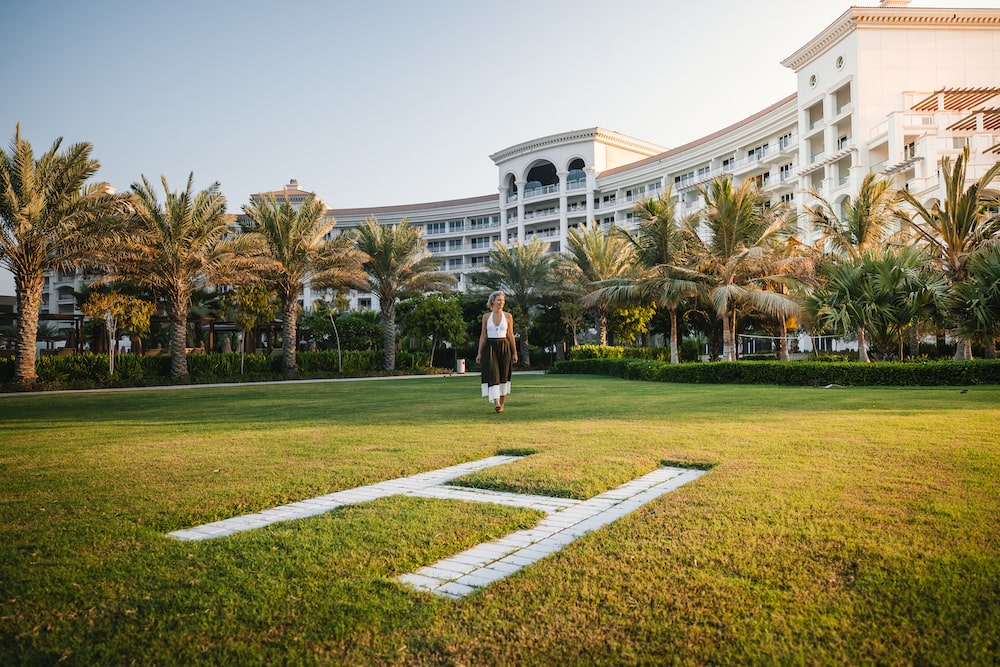
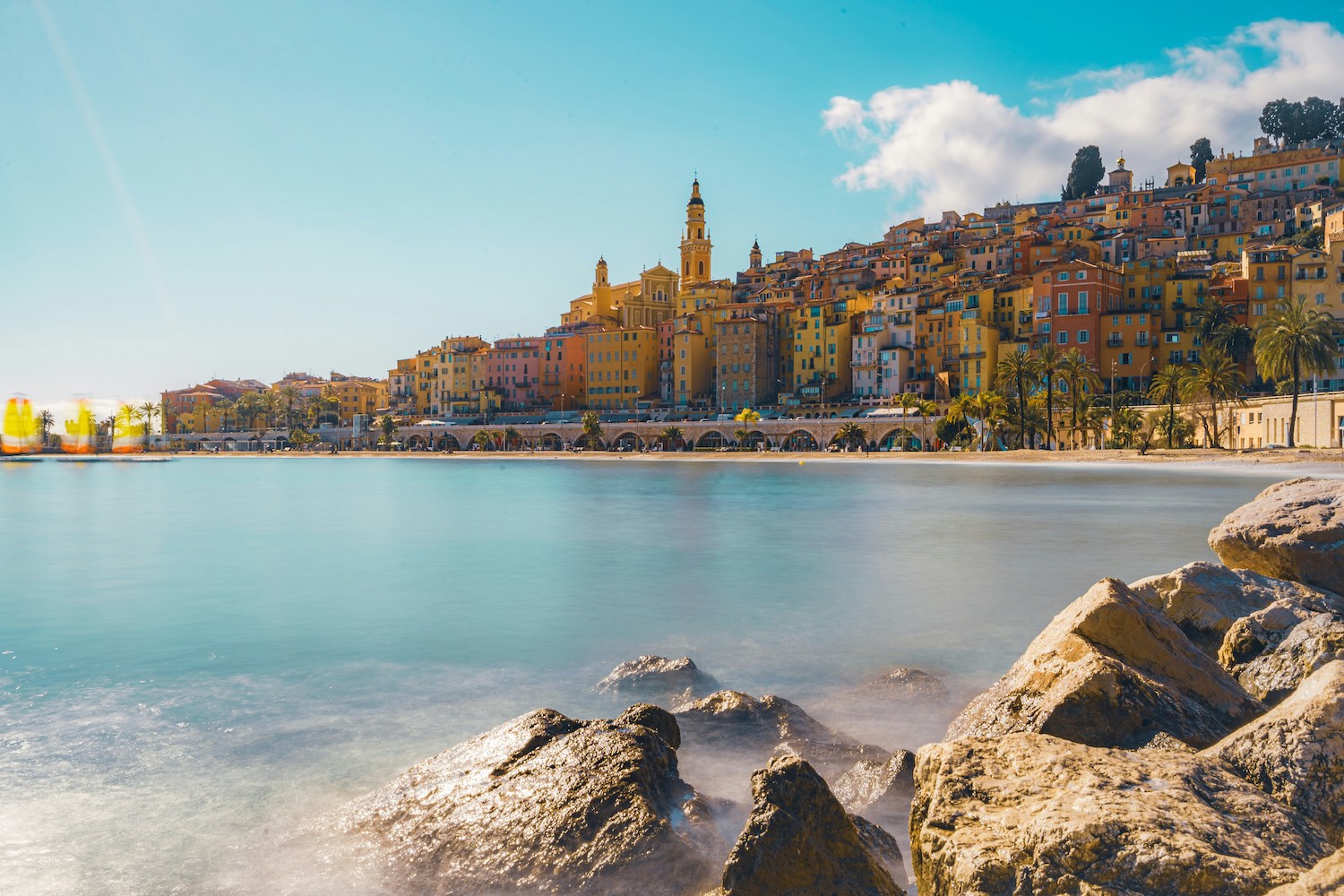
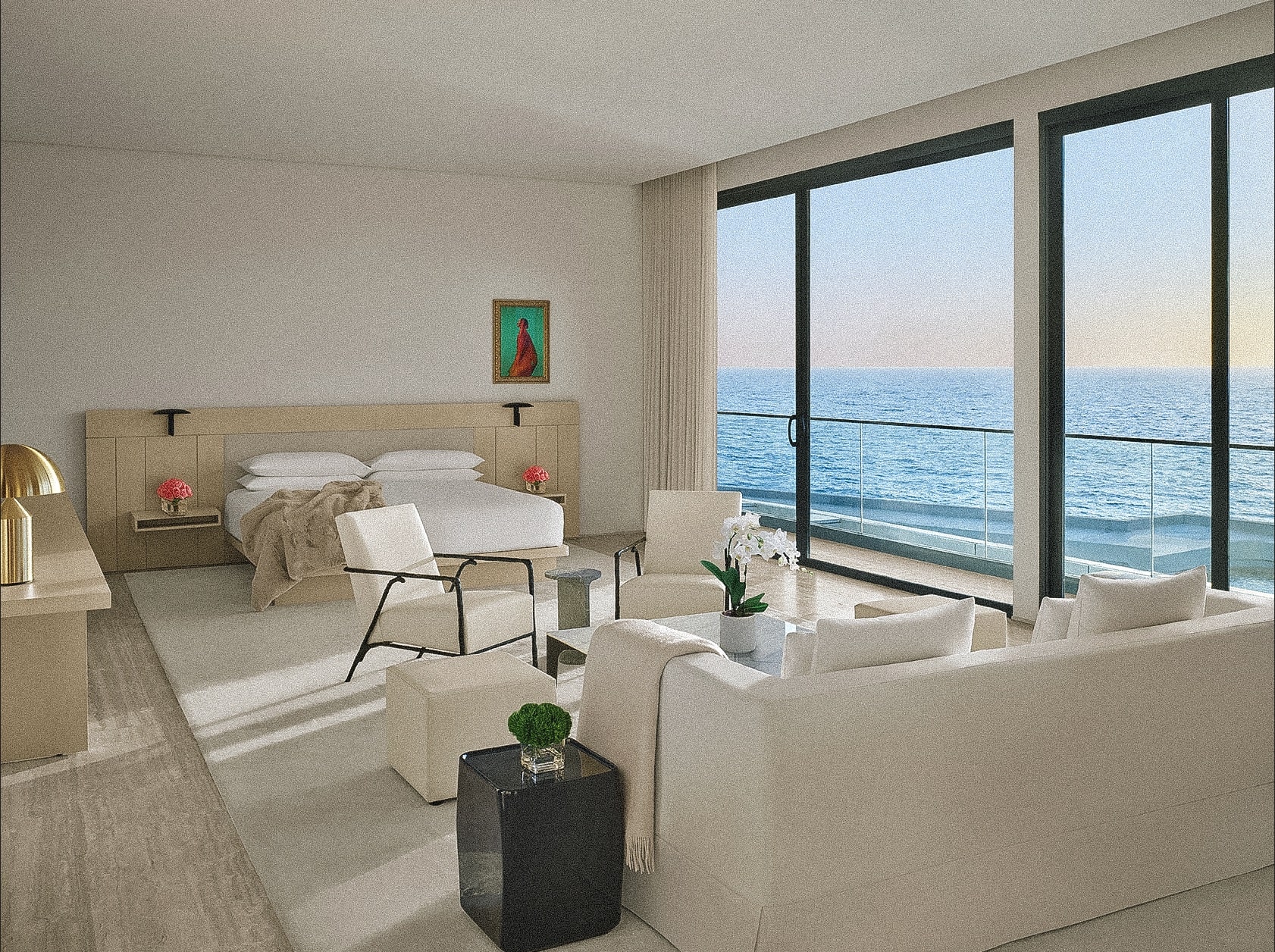
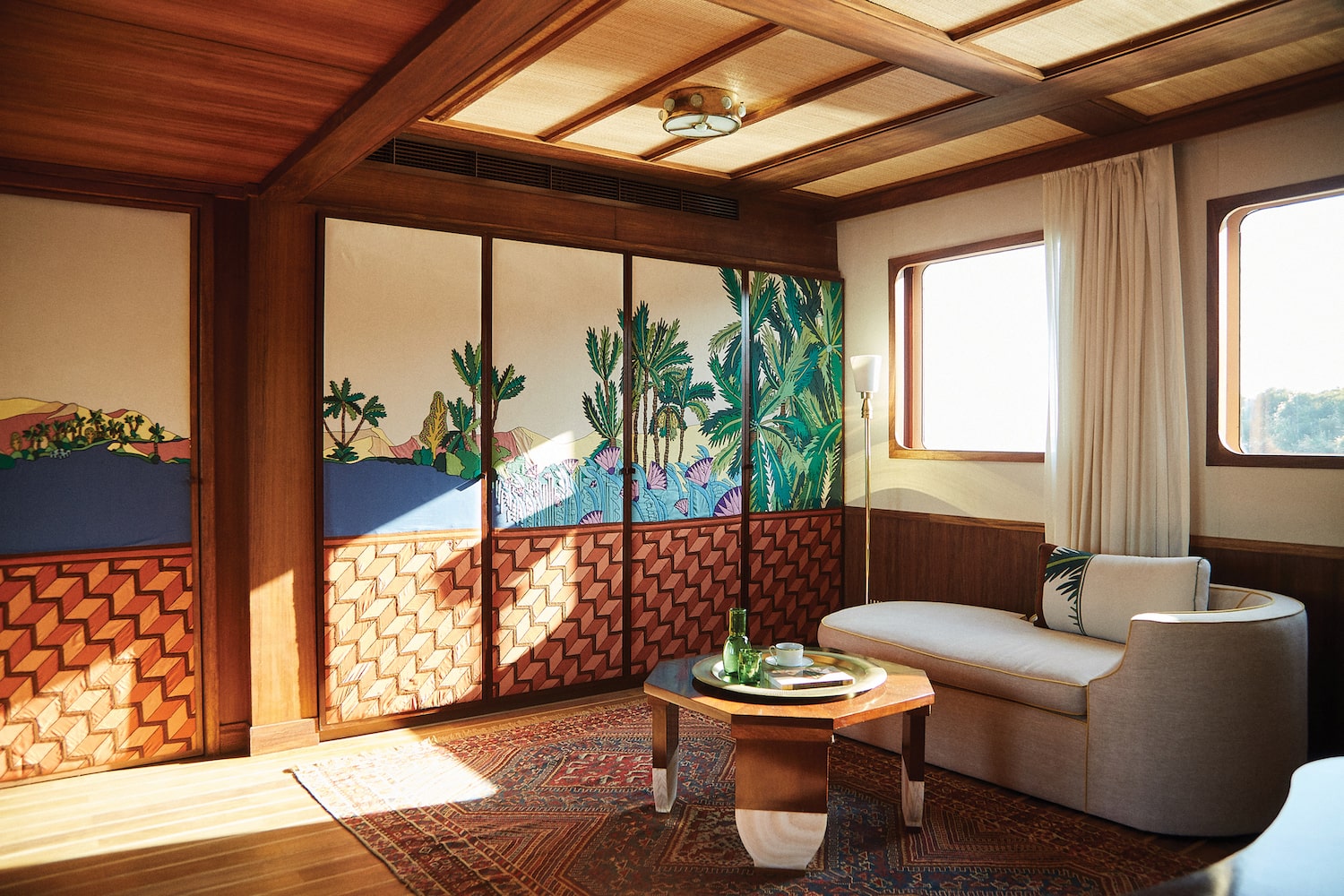
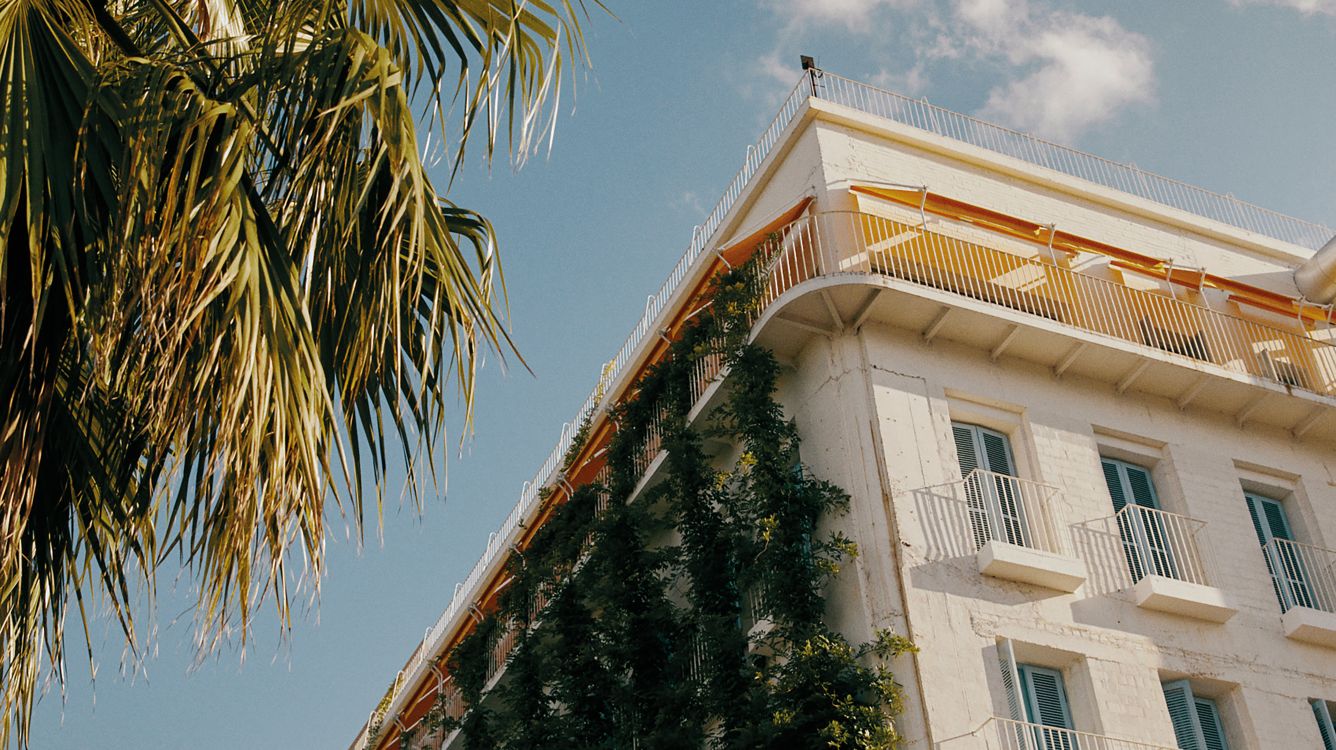
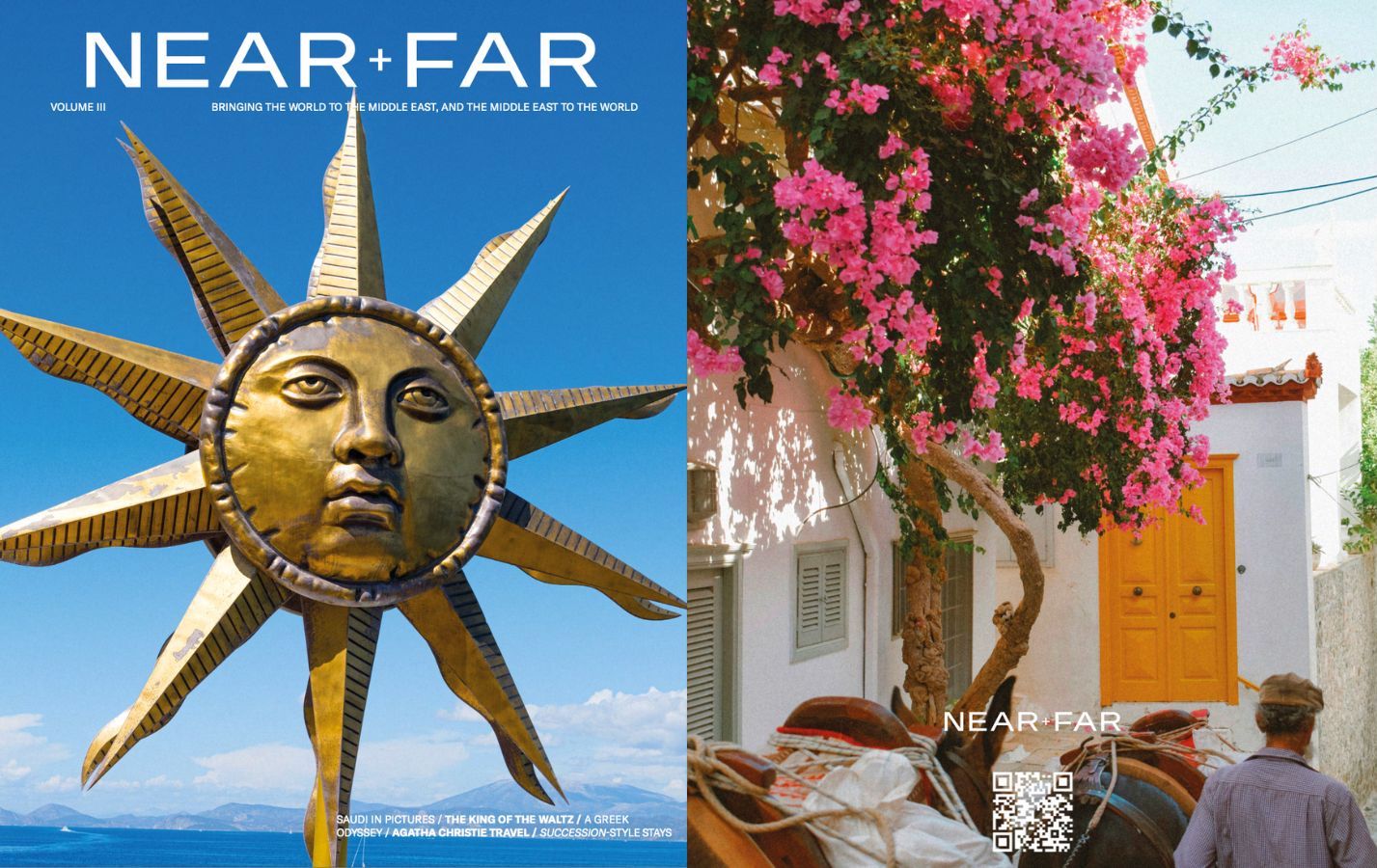
I don’t think the title of your article matches the content lol. Just kidding, mainly because I had some doubts after reading the article.